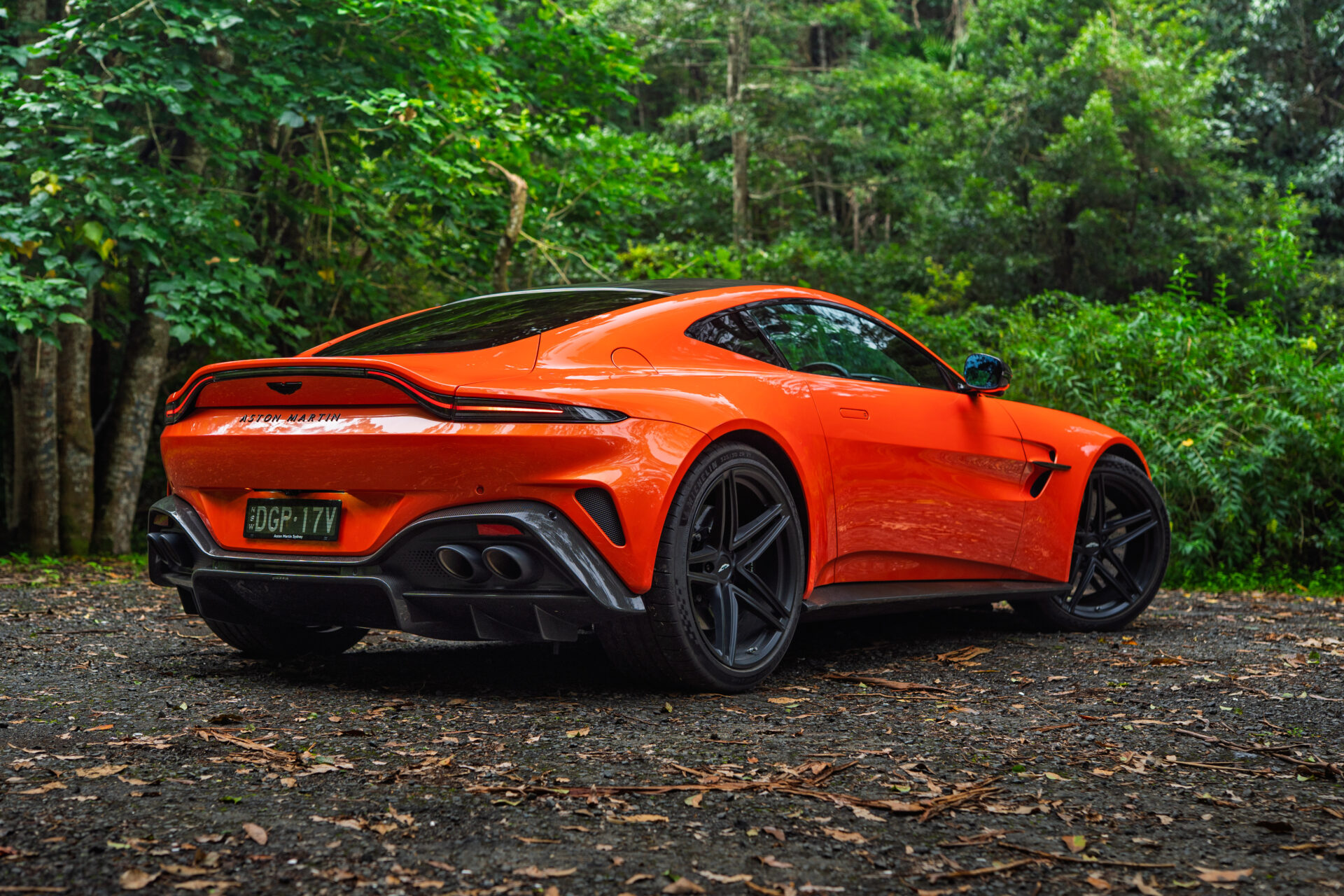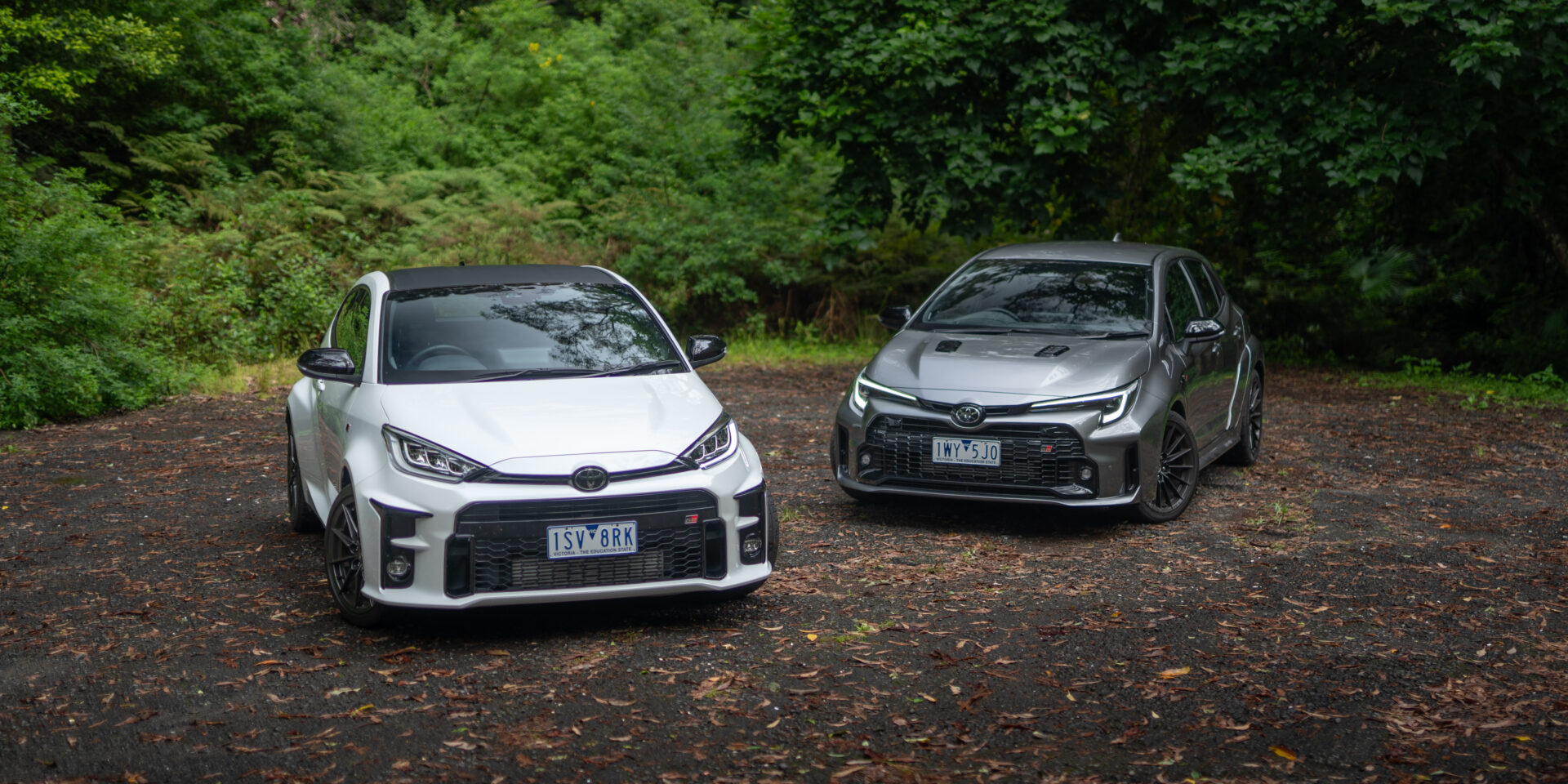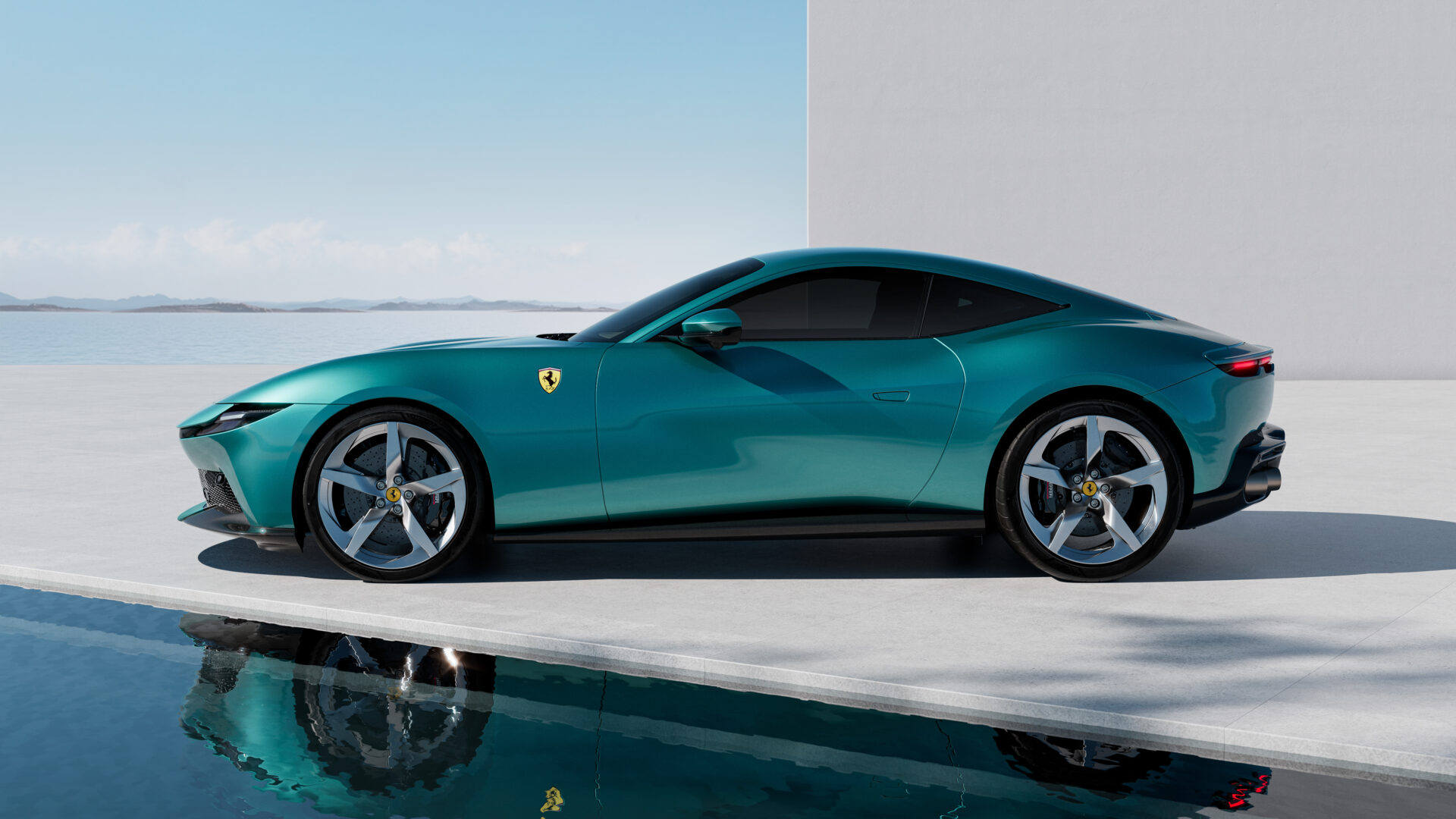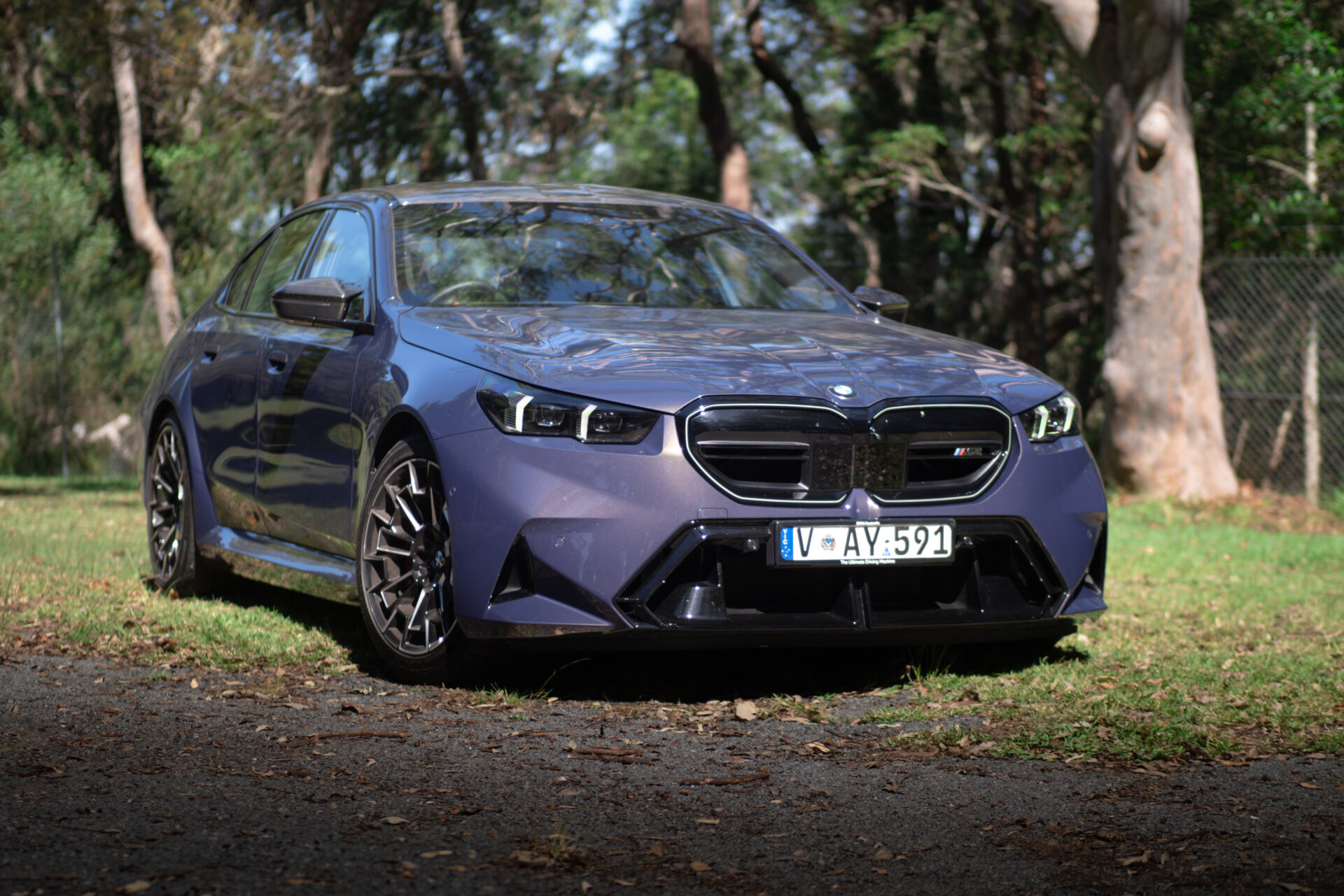The latest in McLaren’s even-higher-performance Longtail series was supposed to drop at Geneva, but went online instead. Kids today, sheesh.
The 765LT is part of McLaren’s Super Series and joins the slightly (but not very) tamer 720S. With more power (the last thing it needed), less weight and heaps of technical tweaks, McLaren says this is a more engaging drive.
If you’re new here, there’s one thing you need to know about the 720S – it’s one of only two cars to scare me. I think the 765LT is going to join that list.
The 765LT starts McLaren’s 2020 after 2019’s festival of fast in the Senna, Speedtail and Elva and you better get in quick. They’re making “just” 765 of them from September this year.
What is a McLaren 765LT and what do I get?

Despite the name (and the small increase in length), the Longtail isn’t like the old McLaren F1 GTR Longtails. They were F1s with extended bodywork to make them more slippery at Le Mans. These days, the LT name is all about upping the ante on an existing car, which (re)started with the 675LT.
It is lighter, though. At 1339kg (1229kg dry), it’s 80kg less than a 720S and somehow McLaren reckons it’s 50kg lighter than its closest competitor. Which is…I dunno, a 488 Pista? At that weight, the 765 has a power-to-weight ratio of 464kW.
Some of the weight saving comes with the deletion of the air-conditioning audio systems, but you can have them back as a no-cost option. In Austalia, ordering one without air-con would be resale suicide.
Lots of body panels come in carbon fibre, the glass is replaced with polycarbonate where appropriate and the titanium exhaust also saves a few kilos.
Drivetrain

Like every other McLaren, the 765 packs a twin-turbo V8 with a flat-plane crank and lots of power. The 765 number translates to a whopping 570kW and a Senna-equalling 800Nm. Peak power arrives at 7500rpm and torque at 5500rpm.
The mid-mounted V8 drives the rear wheels through a seven-speed twin-clutch transmission. McLaren says the gearing is “optimised for throttle response” with 15 percent quicker in-gear acceleration. The 0-100km/h spring is over in just 2.8 seconds and 0-200km/h in 7.2 seconds. That latter figure is about the time a Focus ST takes to find 100km/h.
The gearbox features a pinion and crown wheel in the final drive made from a nickel chrome called 20NiCh, a material McLaren says is used in Formula 1 gearboxes.
The engine mounts are stiffer. McLaren hilariously says that it increases the emotive engagement by “transferring and radiating the engine’s low-frequency sounds into the cabin. Every change in rpm is amplified, not only to occupants’ ears but also as a feeling through the seats because low-frequency sounds can be both heard and felt.” In other words, it’s loud and everything throbs. In a normal road car, that would be fabulously annoying, but this is a McLaren.
That high-mounted quad exhaust should make a decent racket, too.
Chassis

McLaren started with the already quite light 720S and started work adding and subtracting bits.
A bunch of panels are made from carbon fibre as are the new aero bits. At the front, the splitter, bumper and floor. At the rear, the bumper, rear wing and longer diffuser. The side skirts are carbon too. The new rear wing has a 20% larger surface area.
You can replace the aluminium bonnet, front and rear fenders and doors with optional carbon fibre. Tons of bits and pieces like the number plate holder and window switch surrounds knock out gram after gram. The carbon shelled seats – which look incredible, no? – are a combined 18kg lighter. Optional superlight seats are just 3.35kg each.
More weight shaving (see what I did there?) comes from helper springs in the suspension (1.5kg), lightweight centre tunnel (1.4kg) and another 1.2kg with optional carbon fibre fenders. The windscreen and windows are thinner (enjoy lots of windscreen replacements) and the glazing behind the driver is instead polycarbonate.
Underneath, there is a wider front track, LT-specific springs an dampers, lower front ride height and a remapped Proactive Chassis Control suspension. The 765LT rolls on 20-inch 10-spoke alloys fixed on with titanium bolts and Pirelli P-Zero Trofeo R tyres.
The carbon-ceramic brakes take the Senna’s calipers and have integrated caliper cooling ducts.
How much and when?

The price? Well, I don’t know, but it’s got to be north of $750,000 but I have a history of getting that wrong.
I already love it, but that’s because I’m a bit of a hopeless McLaren fan. This thing is going to be loud, most likely uncomfortable and expensive. But it’s going to be blisteringly fast, heaps of fun and a little bit rare.





Leave a Reply